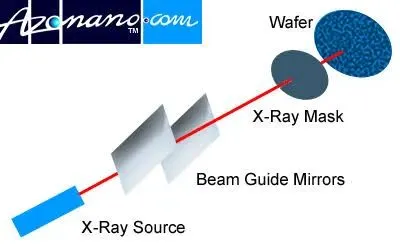
Image: Brookhaven National Laboratory.
UK Research on graphene inspired by the eyes of moths could see the nanomaterial made into a highly absorbent substance and made useful in a range of new applications.
The Independent and others report that a team from the University of Surrey’s Advanced Technology Institute (ATI) have created graphene using “nanotexturing”, which involves growing sheets on a textured metal surface.
Graphene, a single sheet of hexagonally-arranged carbon atoms, typically only absorbs 2 to 3 per cent of light, notes the University of Surrey release.
“Using this method, our ultrathin coating of nanotextured few-layer graphene absorbs 95% of incident light across a broad spectrum, from the UV to the infrared,” explained Dr Jose Anguita from the university, according to phys.org.
“Nanotexturing graphene has the effect of channelling the light into the narrow spaces between nanostructures, thereby enhancing the amount of light absorbed by the material.
“It is now possible to observe strong light absorption from even nanometre-thin films.”
The team at ATI were inspired by the “simple yet powerful” adaptation nature has made to moths, which have evolved highly absorbent eyes.
“These work by channelling light towards the middle of the eye, with the added benefit of eliminating reflections, which would otherwise alert predators of their location,” said Professor Ravi Silva, head of ATI, in a statement.
Possible future uses of the nanotextured graphene could include IoT applications, smart wallpaper, and high-performance solar energy applications.
“Solar cells coated with this material would be able to harvest very dim light,” said Professor Silva.






